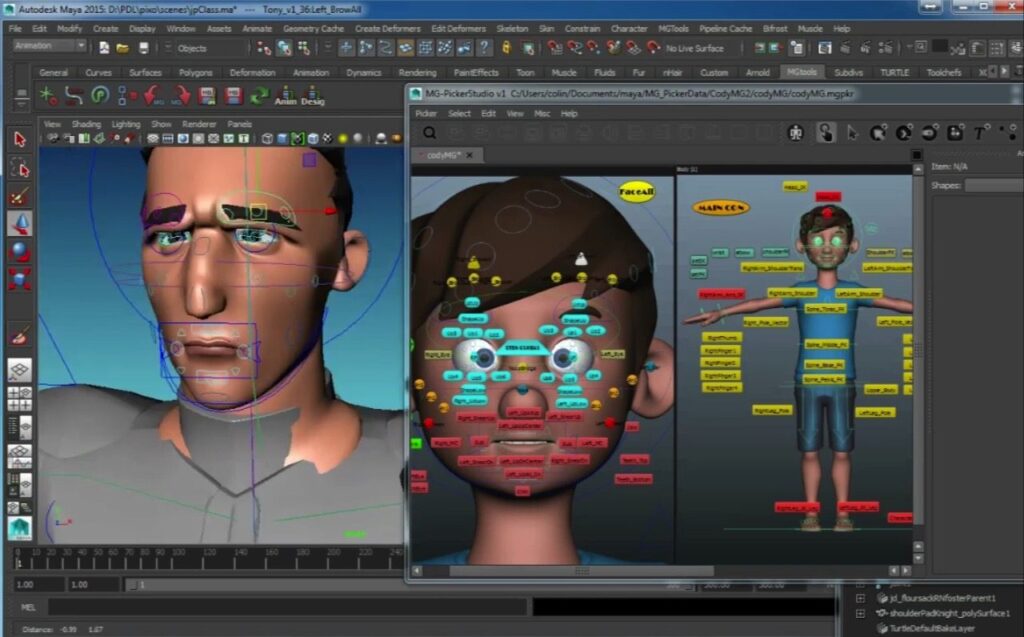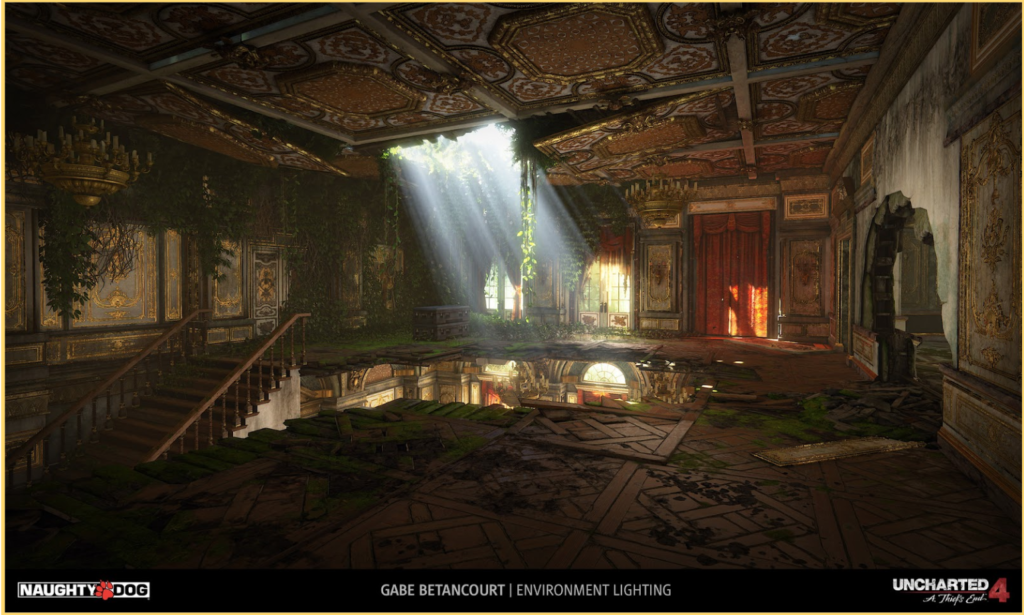You want to join a video game training program and you are not yet familiar with the world of Tech Art?
Here is a small introduction to Tech Art and to the job of Technical Artist that will help you to demystify a discipline that is still unknown to the public but so essential and in high demand by the studios.
Tech Art in a nutshell
Tech Art was born in the 2000s to meet a growing need in studios. As the game development process became more complex, with larger budgets and growing teams, it was essential to bridge the gap between programming and art. This is how the term Technical Artist began to spread in the late 2010s.
The Technical Artist helps bring the art team’s designs or animations to life. He is involved in video games, animated films, AR/VR experiences or visual effects for live action films…He is there to balance the creative freedom of an artist to be realistic in a game or film. It creates the skeletal functions that allow movement, action, destruction, interaction with the environment and many other elements that make the game come alive.
The Technical Artist is an important member of the team that bridges the gap between the artist, the designer, and the programmer, who develops the game code. By hiring a technical artist, the studio can divide the workload of developing, maintaining and creating the game’s tools between the technical artists and the programmers.
Due to their highly specialized expertise, which is rare on the job market, Technical Artists are highly sought after.
Let’s dive into the specifics of the activity of a Technical Artist
Technical Artists can work in a wide variety of fields, but they tend to focus on one or more of the following disciplines:
Rigging

One of the main tasks of a Technical Artist is to add detail to the graphics to make them look more realistic when they are in motion. This process of making 3D models move is called rigging. Ripping can be used to bring all sorts of moving things to life, from characters to animals to spaceships. It basically involves placing a moving “bone” in a model so that every limb and part of the model is able to move. These are the points that tell your software which parts of a character should move and which should not. This process can be very time consuming, and Technical Artists often build tools to speed up the rigging process.
Shaders
Source : God Of War, Sony Santa Monica, (2018)
A shader is a piece of computer code usually used to define how a surface will be rendered. It takes input data (textures, vertices, viewing angles, etc.), modifies it, and then tells the game’s renderer to render it. Shaders can do many effects: shadows, metallic effect, light reflections, roughness, diffuse light…
The Technical Artist can use shaders as a preset of a specific material, such as a grass field or a paved road, to quickly add and enhance the game’s visuals. It is common for most Technical Artists to specialize in the creation and use of shaders. Shaders can quickly improve the visual appearance of an environment, saving the art department time to work on critical set elements.
Visual effects
Games aren’t the same if we can’t get mind-blowing explosions, fireballs or awesome zombie deaths. Technical Artists understand how to use particles, decals, glows, flowers and other things to create explosions, clouds, skies, water and other visual effects that make those awesome moments happen.
Light work

Lighting is an essential element in the creation of realistic scenes and therefore in the profession of Technical Artist. In games, lighting effects can change the whole perception of a scene. For example, a night scene will require precise lighting, just enough to create a suspenseful background.
Project management
The art pipeline is essentially the process of building a video game from conception to completion. The process consists of 4 stages: concept, pre-production, production, and post-production. The pipeline helps organize the workflow (think of a big Trello) so that everyone is aware of the work they need to turn in and the deadlines. The pipeline helps manage the budget and schedule, and reduce bottlenecks and inefficiencies.
Generally speaking, the Technical Artist must be able to design and develop all the artistic pipelines needed for the game. In this sense, part of the Technical Artist’s role is to be a pipeline and systems architect.
Becoming a Technical Artist
Rubika Montreal is one of the few schools to offer a three-year Tech Art program. Technical and demanding, the training places students in conditions similar to those of a professional studio. Students learn to create video game projects by mastering both the creative aspect (creation of procedural materials, shaders, particle systems, special effects, game dressing, etc.) and the technical dimension (rigging, programming, integration, etc.). Beyond the technical knowledge, students learn to work in a team and to supervise all the production stages.
see also : the tech-artist


